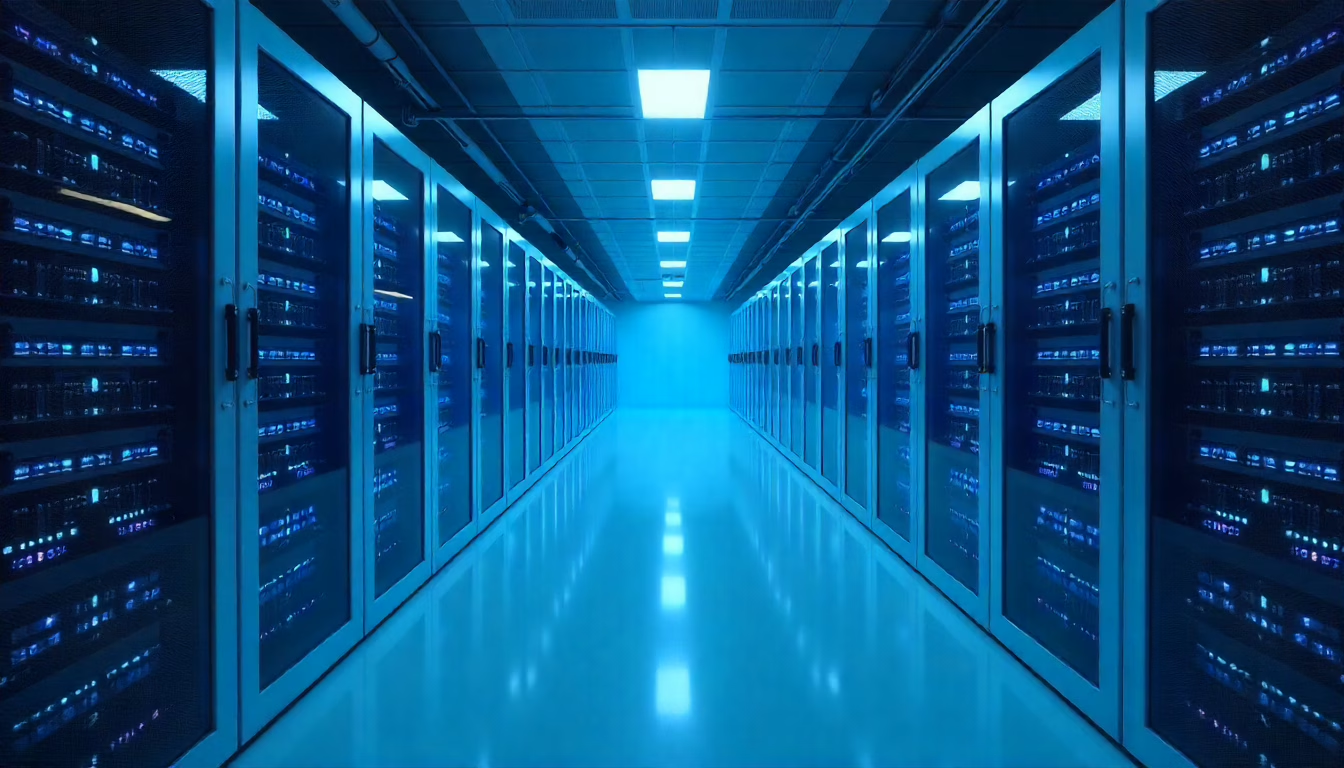
How Amazon’s Cloud Outage Revealed the Internet’s Hidden Infrastructure—and Its Achilles’ Heel
Last Monday started like any other day for millions of internet users worldwide. Then everything went sideways. People couldn’t log into Snapchat, gamers got locked out of Roblox and Fortnite, and Signal users found themselves cut off from secure messaging. The culprit wasn’t a sophisticated cyberattack or some rogue code update. It was Amazon Web Services going down, taking a massive chunk of the internet with it.
This wasn’t just another tech hiccup. The scale was staggering. DownDetector lit up like a Christmas tree as complaints poured in from every continent. Companies that had never heard of each other suddenly shared the same problem: they couldn’t serve their customers because AWS was having a bad day. Cybersecurity professionals quickly confirmed the obvious, but it still sent shockwaves through the tech sector.
Here’s the thing that caught many people off guard: AWS isn’t just another cloud provider. It’s the invisible backbone propping up a ridiculous amount of what we consider “the internet.” Think of it as the electrical grid for digital services. When the power goes out, you don’t just lose your lights. You lose everything that depends on electricity.
The Real Scale of Cloud Dependence
The numbers behind this dependency are mind-blowing. According to TD Cowen’s latest analysis, the big cloud players leased over 7.4 gigawatts of US data center capacity just in Q3 this year. That’s more than the entire previous year combined. We’re talking about massive warehouses packed with servers that consume enough electricity to power small cities, all to make sure your app loads in milliseconds.
But here’s where it gets interesting for crypto and Web3 developers: this centralization flies in the face of everything blockchain stands for. While we’re building decentralized applications and talking about removing single points of failure, most of us are still running our infrastructure on the same three or four cloud giants that everyone else uses.
The AWS outage exposed an uncomfortable truth about modern tech infrastructure. When centralized cloud providers experience issues, the ripple effects touch everything. Trading platforms, DeFi protocols, NFT marketplaces, even crypto wallet services that depend on cloud-hosted APIs can all go dark simultaneously.
Why This Matters for Tech Innovation
Betsy Cooper from the Aspen Institute’s Policy Academy put it perfectly: we’ve created a system where “three or four big cloud compute companies” control the underlying infrastructure for most online services. The efficiency gains are undeniable. Cost savings, instant scalability, access to cutting-edge AI and machine learning tools, the works. But the trade-off is brutal when things go wrong.
For developers building the next generation of Web3 applications, this incident raises some serious questions. How do you build truly decentralized systems while still depending on centralized infrastructure? It’s like trying to create a distributed network using only one ISP.
Patrick Burgess from BCS, The Chartered Institute for IT, highlighted the scope of the problem: when these massive cloud providers stumble, the impact spreads across “a broad spectrum of online services.” That includes everything from social media platforms to financial services to the infrastructure powering AI and machine learning applications.
The Technical Reality Check
Let’s be clear about one thing: these cloud giants aren’t amateurs. They have some of the best engineers in the world working around the clock to prevent exactly this kind of scenario. Most AWS outages get resolved within hours, not days, thanks to sophisticated monitoring systems and battle-tested recovery procedures.
But that’s exactly what makes this situation so fascinating from a systems perspective. Even the most robust infrastructure can fail, and when it does, the blast radius is enormous. For anyone building mission-critical applications, especially in fintech or DeFi, this serves as a stark reminder about the importance of redundancy and failover strategies.
The incident also highlights why some organizations are exploring edge computing and distributed architectures. Instead of putting all your eggs in one cloud provider’s basket, you spread your workloads across multiple regions, providers, and even on-premises infrastructure.

What Comes Next
This outage is going to accelerate some conversations that were already happening in tech circles. Multi-cloud strategies aren’t just buzzwords anymore; they’re becoming business requirements. Smart companies are already building hybrid architectures that can gracefully degrade when one provider goes down.
For the crypto and blockchain space, this incident could actually be a catalyst for innovation. We might see more projects exploring truly decentralized infrastructure solutions, distributed storage networks, and peer-to-peer computing models that don’t rely on traditional cloud providers.
The regulatory implications are interesting too. Government agencies and policymakers are starting to pay attention to the concentration of digital infrastructure. When a single company’s technical problems can disrupt everything from emergency services to financial markets, that’s a national security concern.
Developers and tech leaders now face some hard choices. Do you optimize for cost and convenience by going all-in on one cloud provider? Or do you invest in the additional complexity and expense of building truly resilient, distributed systems? The answer probably depends on what you’re building and who’s depending on it.
The Bigger Picture
This AWS outage isn’t just a story about technical failures. It’s a mirror reflecting how the internet has evolved over the past decade. We’ve traded the chaotic, distributed web of the early 2000s for something more reliable and performant, but also more fragile in some ways.
The next wave of IoT devices, smart cities, and connected infrastructure will only increase our dependence on cloud services. That makes incidents like this valuable stress tests for the systems we’re building.
As the dust settles from this latest outage, one thing is clear: the hidden infrastructure powering our digital lives isn’t as invisible as it used to be. Whether that leads to better distributed systems, smarter redundancy planning, or just more awareness of our digital dependencies remains to be seen. But for anyone building the next generation of tech, this incident offers some valuable lessons about the importance of resilience in an increasingly connected world.
Sources
- “Amazon Cloud Computing Outage Disrupts Snapchat, Ring and Many Other Online Services,” Design and Development Today, Oct 20, 2025.
- “Amazon cloud computing outage disrupts Snapchat, Ring and many other online services,” Los Angeles Times, Oct 20, 2025.
- “What to Know About the Amazon Cloud Outage That Exposed the Internet’s Vulnerable Backbone,” Design and Development Today, Oct 21, 2025.
- “Outage at Amazon Web Services disrupts websites across the internet,” North Country Public Radio, Oct 21, 2025.
- “What to know about the Amazon Web Services outage,” Chicago Tribune, Oct 20, 2025.






























































































